Paul Salopek is a two-time Pulitzer Prize-winning journalist and writer from the US, raised in central Mexico. He has reported globally for the Chicago Tribune, Foreign Policy, The Atlantic, National Geographic Magazine and many other publications.
His Out of Eden Walk is a multiyear, 21,000-mile storytelling odyssey across the globe, following the footsteps of our ancestors. He began his journey in Ethiopia in 2013 and will walk 33,800 kilometers (21,000 miles) to the southern tip of South America. Along the way, he is walking with guides, stopping to speak with local people and document their stories, and sharing his experiences online.
I had an opportunity to speak with him about his Out of Eden Walk.
Q. Could you give us a quick update on your walk? Where are you now, who’s with you, how’s it going, and where are you headed next?
I’m currently paused in Beijing doing catch-up writing and research. I’m renting a flat in a hutong, and my days are pretty boring—mostly at a keyboard. I’m going to walk through northeast China next.
Q. The Out of Eden Walk is an extraordinary expedition that traces the path of human migration out of Africa, delving into the captivating history of our species, the intricate relationship between humans and the environment. Can you share the origins of the Out of Eden Walk and your initial thoughts on the journey?
My education is as a biologist. I combined that background in genetics and evolution with my practical experience as a global journalist to concoct a storyline that is universal: The shared journey of our ancestors that made us each who we are—the walk, as it were, into becoming human. I thought this idea could be inclusive and appeal to everyone, regardless of nationality, culture or ethnicity.
Q. Could you discuss how you find walking partners, interpreters, and porters across various regions?
This project is a collaboration. It’s not just me looking for partners, it’s also partners looking for me. The walk has been around long enough that there’s an audience of people who are interested the same ideas—storytelling, human movement, asking big and small questions about life, and having a bit of an adventure—in many of the countries I walk through. So many future walking partners actually reach out to me.
Q. What’s a typical day during your walk and your average daily walking distance and what are some of the challenges you face in planning your routes and exploration?
There is no typical day. Sometimes we walk 5 km and on other days 40 km. It depends on a lot of factors, including the storytelling. The challenges are the same ones of any traveler: where to find good and lodging. Fortunately, the vast majority of humankind we encounter are helpful. Grappling with visas is probably the most problematic hurdle. You’re dealing with bureaucracies, not people.
Q. How has traveling to different regions and cultures helped you understand the world’s complexities and interconnectedness and how has this inspired your creativity in conveying your experiences through slow journalism?
The question answers itself. You can only comprehend the world’s complexities by trying to inhabit them. That doesn’t apply to everyone. There are brilliant, intuitive artists and storytellers who never leave home, yet produce deep, globally meaningful work. But I need to learn through my boot soles.
Q. Throughout your journey, have there been moments where you felt particularly inspired or transformed, particularly by cultures and humanity?
It would take a book to answer. I’ll just say that I grew up multiculturally—I was born in the US but spent my childhood in Mexico—so the moments you’re talking about, regarding epiphanies, likely happened when I was 5 or 6. So doing what I do now, walking through a mosaic of culture, isn’t new. It’s my normal.
Q. What are some breathtaking natural wonders along your walk that you think you would not have seen had you not walked on foot?
Hard to isolate. It would be easy to list some obvious waypoints, like crossing the snow-capped Hindu Kush in sunlight the color of titanium. But the truth is that walking human-sizes wonder. Watching steam rise from a potato field in Shanxi after a rain is equally impressive.
Q. Your plans for the rest of the journey, including any modifications or adjustments, and the challenges you expect to face?
The next big challenge is Russia—given the political situation with the invasion of Ukraine. I’ll have to see how that goes.
Q. You have gained a deep understanding of different cultures through your travels. What surprising or unexpected things have you learned about yourself during your travels?
Patience is a cardinal virtue—it quietly conquers almost any obstacle. I hope I’ve learned to wait a little.
Q. You are a great storyteller. What are some questions you would ask locals when arriving at a new place, and how do you plan your storytelling based on what you observe?
The questions we ask as storytellers depend often on context. You can start a conversation about anything. The same small talk anyone engages in. Even supposedly banal things. But then you use your own knowledge and the nature of people’s replies to wander wherever curiosity takes you. There is no plan. There’s maybe a vague map based on past experience. But if you rely too much on it, then you probably end up missing the real story, which is unique to every new person and place. I’m not being evasive. I don’t know really how the process of good story creation begins. Honestly, I don’t think it can be taught, either.
Q. If you could have a conversation with ancestors whose steps you are retracing, what questions would you ask them?
What happened to all the other cousins—the other species of upright apes who were walking around the continents 100,000 years ago? Did you assimilate them or wipe them out? The end result is pretty sobering. We’re solitaries on the planet now.
Q. What advice would you give to someone who is thinking about embarking on a similar journey?
No need to embark on a similar journey. What I’m doing is for the weak of head and strong of foot. You can just as easily find wisdom in your backyard garden. The most important and daunting horizons are always going to be internal.
Photographs credit: Paul Salopek

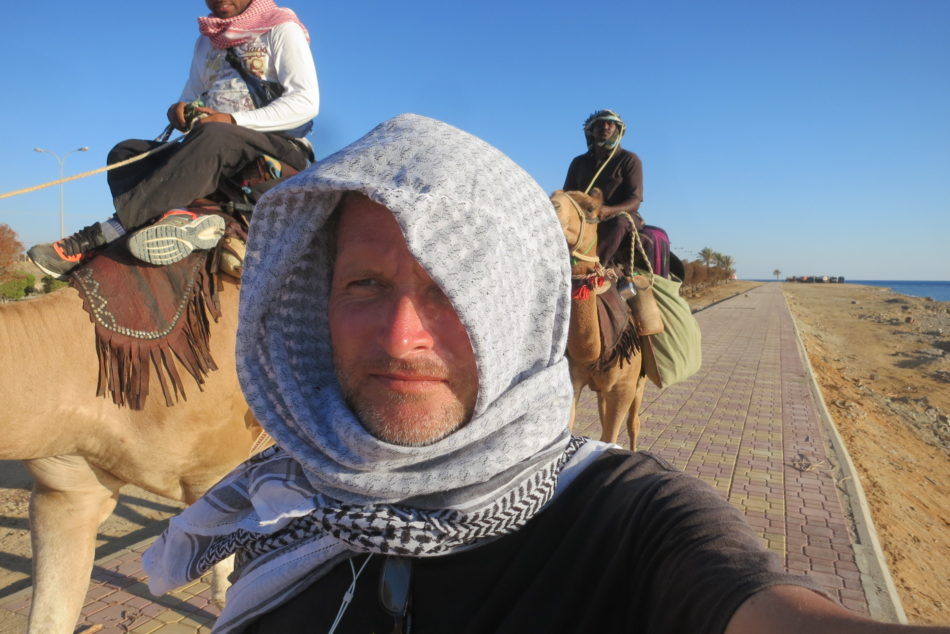
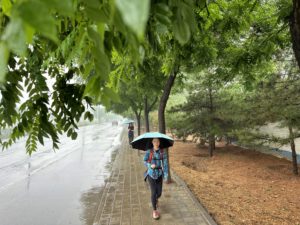
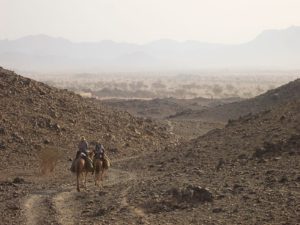
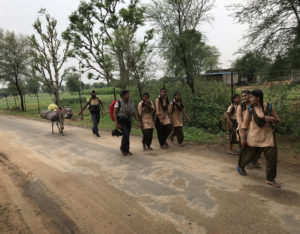
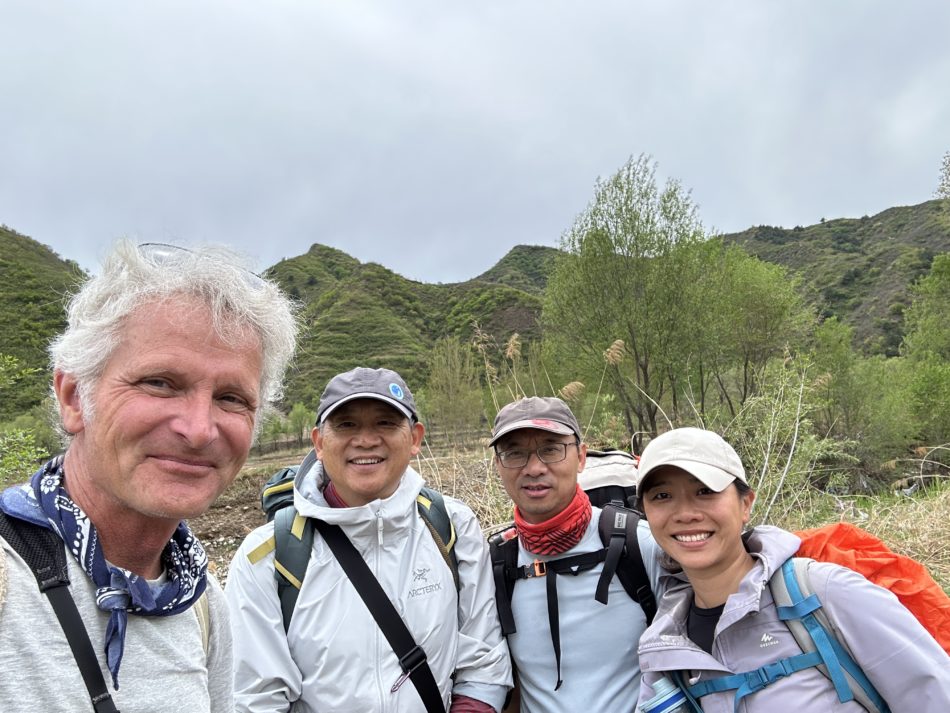
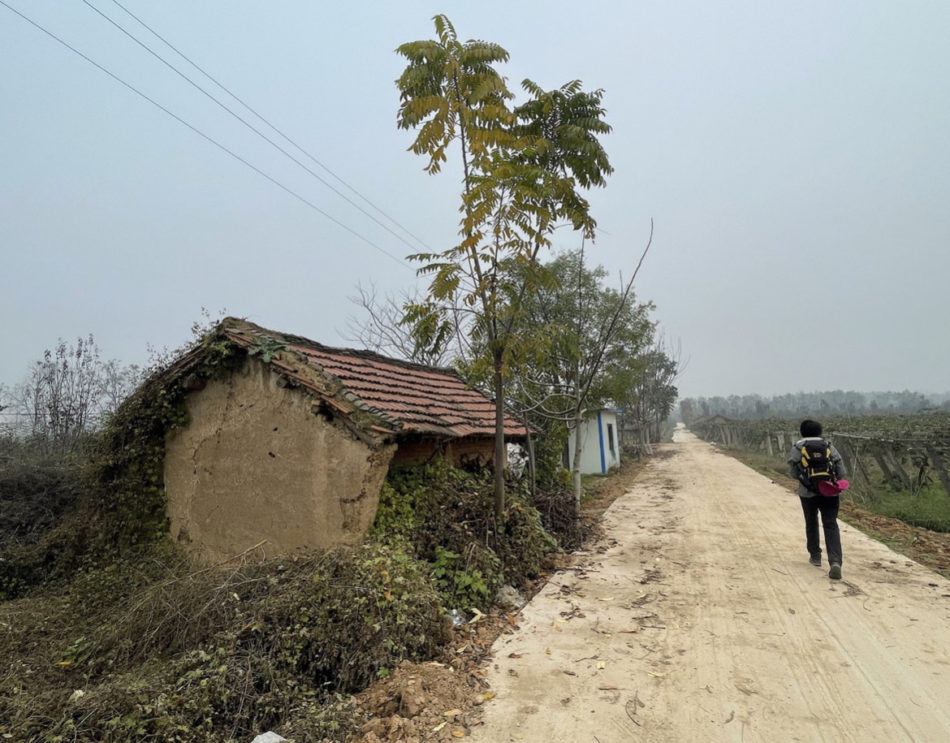
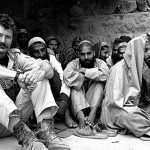


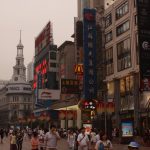


Leave a Reply